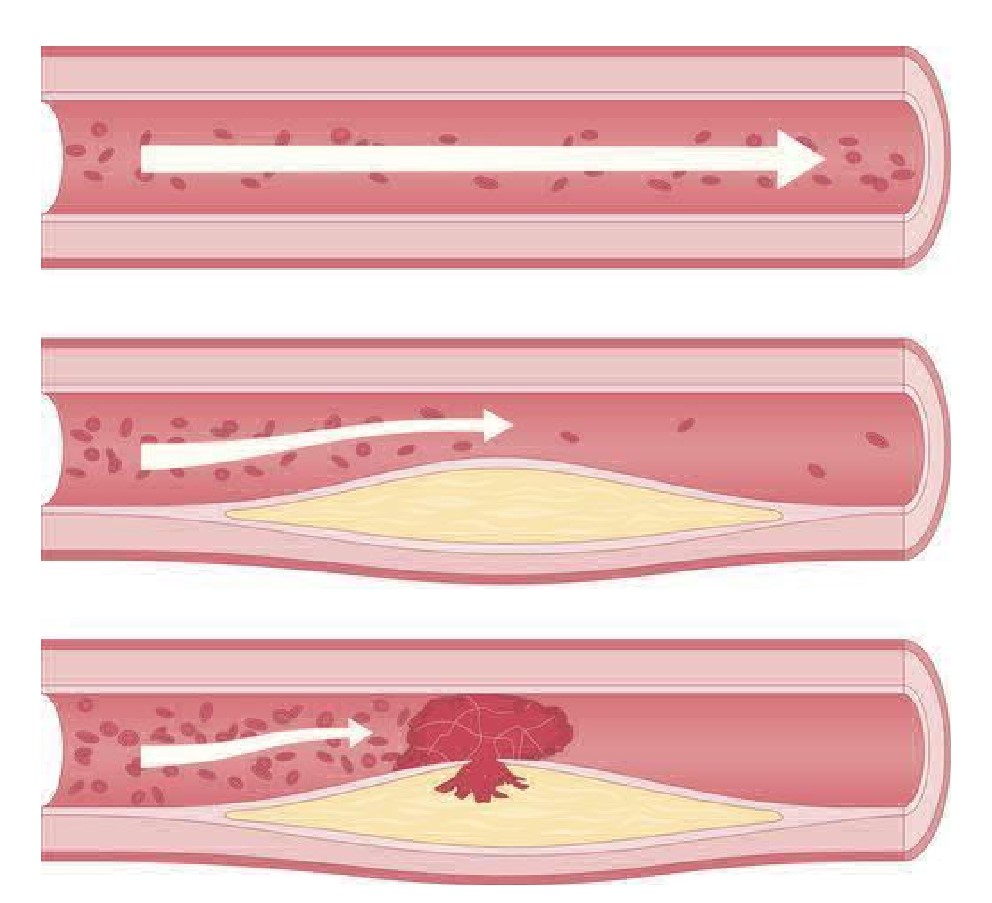CHOLESTEROL
The main cause of death in Western societies, cardiovascular disease is the number 1 public health problem. Among the culprits, dietary fats and more particularly cholesterol were suspected very early on. But where does it come from? Why are we talking about good and bad cholesterol? What are the risks? … Ten questions / answers to enlighten you.
What is cholesterol and what is it used for?
Cholesterol is a natural fat essential for the body. Among other things, it allows the synthesis of vitamin D or bile. It is a constituent of the wall of our cells. Finally, it is part of the composition of many hormones, such as sex hormones.
Where does cholesterol come from?
It is mainly produced by the liver (3/4) and the rest comes from food. It is found in animal products at very variable rates: meat, organ meats, dairy products, crustaceans, shellfish, fish, eggs …
Why are we talking about good and bad cholesterol?
Cholesterol is not soluble in the blood, so it uses specific transporters: lipoproteins. But these particles are of two types:
• High density lipoproteins or HDL: This is a high density lipoprotein (HDL or « high density protein »). This variable represents the « good » cholesterol, the one for which it is preferable to obtain strong values. The higher the blood level of HDL-cholesterol, the lower the risk of atherosclerosis;
• Low density lipoprotein or LDL: This is a low density lipoprotein (LDL or « low density protein »). It represents the « bad » cholesterol and it is good to have low levels of LDL-cholesterol. The higher the LDL-cholesterol value, the higher the probability of atherosclerosis.
1/3: PAGE CHOLESTEROL
To sum up, LDL cholesterol is « bad cholesterol » and HDL cholesterol is « good cholesterol ».
How does cholesterol balance?
LDL Cholesterol transports cholesterol from food to the tissues. HDL Cholesterol has the function of transporting excess cholesterol in the blood to the liver and thus participates in the elimination of this fat by the body. But a drawing is better than a long speech.
How do you know if you have too much cholesterol?
Cholesterol circulates freely in the blood, so it can be easily measured with a simple blood test. We can first dose the total cholesterol dosage (good cholesterol + bad cholesterol). If this assessment is found to be disturbed (greater than 2g / l and triglycerides greater than 2 g / l), the doctor will ask for a more detailed assessment with the determination of bad cholesterol and good cholesterol.
In the event of associated cardiovascular risk, the doctor may proceed immediately to a thorough dosage. Recently, the measurement of total cholesterol can be done at home thanks to an individual test sold in pharmacies.
What are the values of normal cholesterol levels in adults?
Normal values for cholesterol levels in adults are:
Cholesterol level Normal value
- Total cholesterol <2g / l
- LDL Cholesterol (bad cholesterol) < 1.6 g / l
- HDL Cholesterol (good cholesterol) > 0.35 g / l
Please note, if the patient combines other risk factors, treatment may start for lower values.
What is hypercholesterolemia?
The total cholesterol level should be less than 2g / l. Above this threshold, we speak of hypercholesterolemia. However, there are three types of hypercholesterolemia, depending on whether the excess is limited to cholesterol or associated with triglycerides (another category of lipids, which is associated with cardiovascular risk, but less clearly than cholesterol).
Different forms of high cholesterol
Characteristic form
Pure hypercholesterolemia Excess cholesterol in the blood
Mixed hypercholesterolemia Increased cholesterol and triglycerides
Isolated hypercholesterolemia Excess triglycerides
2/3: PAGE CHOLESTEROL
What are the possible complications?

The excess cholesterol is deposited on the walls of the arteries in particular those of the heart (coronary arteries), forming fatty plates which thicken over the years (atherosclerosis).
The arteries of the heart are particularly affected. The plaques reduce their size, make the passage of blood more and more difficult and can promote the formation of a clot (thrombosis). When the blood stops flowing, the cells, deprived of oxygen, die. It is the ischemic attack which, depending on the blocked artery, leads to myocardial infarction, stroke or arteritis of the lower limbs.
What are the causes of this excess cholesterol?
The causes can be of four types:
• Genetic and hereditary factors: Although hypercholesterolemia is not systematically transmitted from father to son (except certain fairly rare family forms), there are frequently several cases within the same family;
• Dietary factors: A diet too rich in cholesterol and so-called saturated fats from animal fats, certain meats and fatty milk derivatives has a direct influence on cholesterol levels. Too much alcohol would also have a detrimental effect;
• Kidney, thyroid or diabetes diseases: Certain diseases can be directly responsible for high cholesterol levels;
• Certain drugs: Certain classes of drugs are likely to increase your cholesterol level: oral contraceptives (estroprogesterone pills), thiazide diuretics, and certain anti-acne, antipsoriasics, cortisone, etc. The risks of the hypercholesterolemia which they involve are taken into account only in the event of associated cardiovascular risks.
3/3: How do I lower my cholesterol level?
To lower your cholesterol level, you have two levers: dietetics and drug treatments.
First, your doctor will give you dietary advice to reduce the intake of harmful fats.
If these tips don’t work, drug treatments can reduce the body’s absorption of fats, lower LDL cholesterol or increase HDL cholesterol, or have combined actions. To learn more, read our article on lipid-lowering drugs.
